Mention Belgium and I think about chocolate, truffles and the pralines I’ve ever tasted. When visiting Belgium, I’ve always bought plenty to take home to enjoy and share with friends. Belgium has two languages, Flemish (Dutch) and French. The Flemish-speaking people live mainly in the north and west of the country, while the French live in the east and south. However, it is one country and there are many similarities between the two peoples, such as food, beer, artwork, architecture and comic books. Besides chocolate and beer, Belgium is known for being the unofficial headquarters of the European Union, which is an economic and political group of 27 European countries. What else is Belgium famous for?
What Is Belgium Known For?
1- The European Union
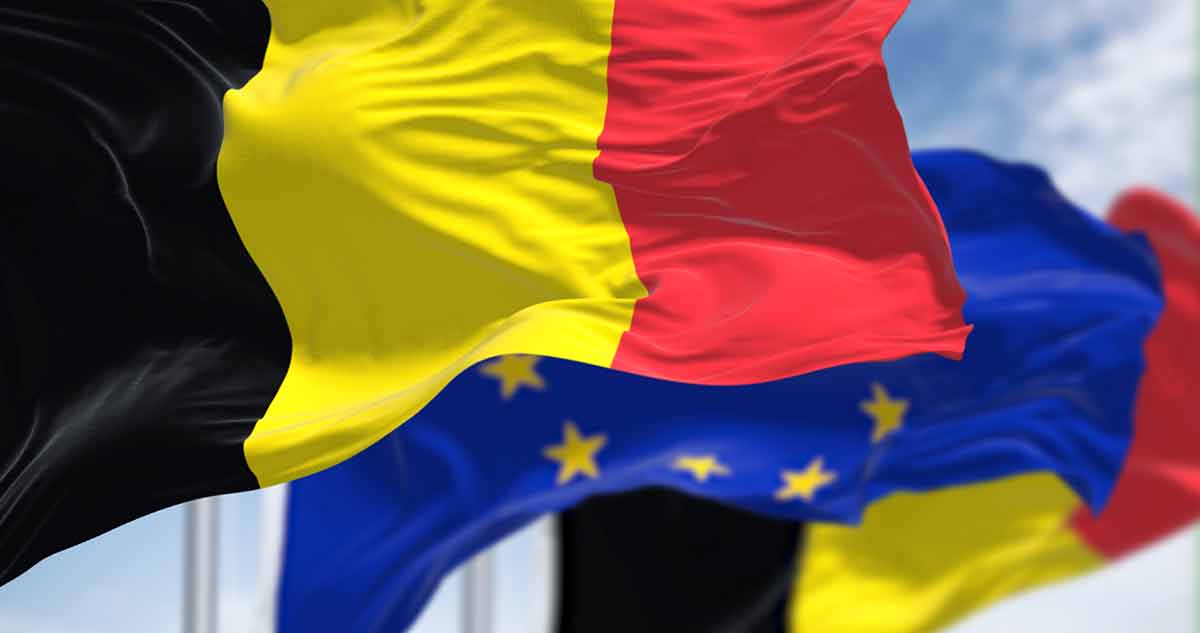

Brussels is home to one of the three European Union parliaments in Europe as well as other important European Union organisations, such as the European Commission, the European Council and the European Economic & Social Committee.
The European Parliament has a visitor centre called the Parlamentarium, which is worth visiting if you want to learn more about the European Union and its relationship to Europe in general.
As you probably know, not all the countries in the continent are in the European Union.
When you enter the Parlamentarium, you’ll get a multimedia guide to guide you through the exhibitions.
Highlights include a 360-degree cinema and the 3D interactive map of Europe.
The Parlamentarium is at 100 Place du Luxembourg 1050 Brussels. Entry is free.
2- Castles
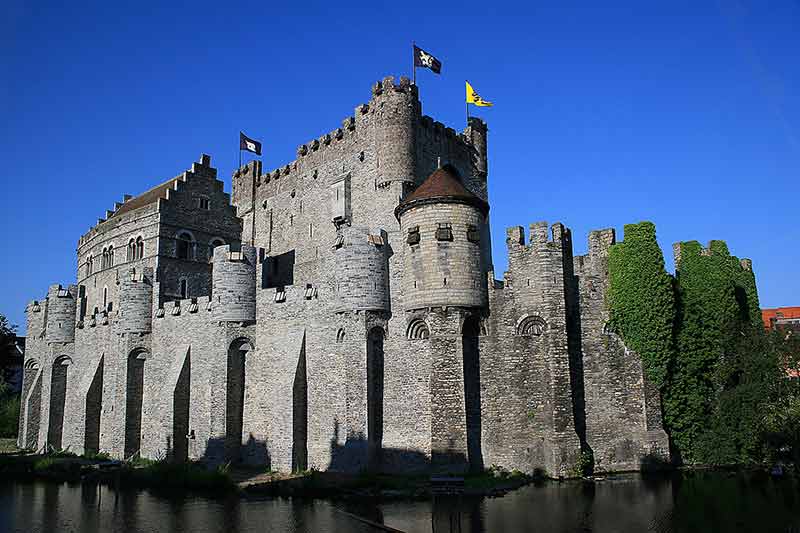

There are over 3,000 castles in Belgium, which is a lot for a small country of 30,689 square km (11,849 square miles).
Some castles date back to medieval times when they were used for defensive purposes while others are imperial castles where royalty and other nobles lived, built during the Renaissance era and later.
One of the most interesting medieval castles is the 9th-century Gravensteen in Ghent, which was rebuilt in the 12th century.
It is everything you would expect to see in a castle, such as a moat, towers and ramparts.
The most exciting part is the museum in the dungeons, where you will find a gruesome selection of torture instruments.
A castle that is still being used to this day is the Royal Palace of Brussels, which is the official home of the Belgian royal family.
Building started in 1820 in the neoclassical style and carried on until 1934.
It is open to the public between July and September and has impressive reception rooms and beautiful artwork.
Another interesting castle is Jehay-Bodegnee Castle in Amay, which is in the province of Liege.
It was originally built in the 12th century for the nobility but was rebuilt in the 16th century and then extended in the 19th century in the Gothic style.
It is now a museum showcasing tapestries, paintings and antique furniture.
- Gravensteen Castle is at Sirit-Veerleplein 11 9000 Ghent.
- The Royal Palace is at Place des Palais 1000 Brussels.
- Jehey-Bodegnee Castle is at Rue du Parc 4540 Amay.
3- Manneken Pis
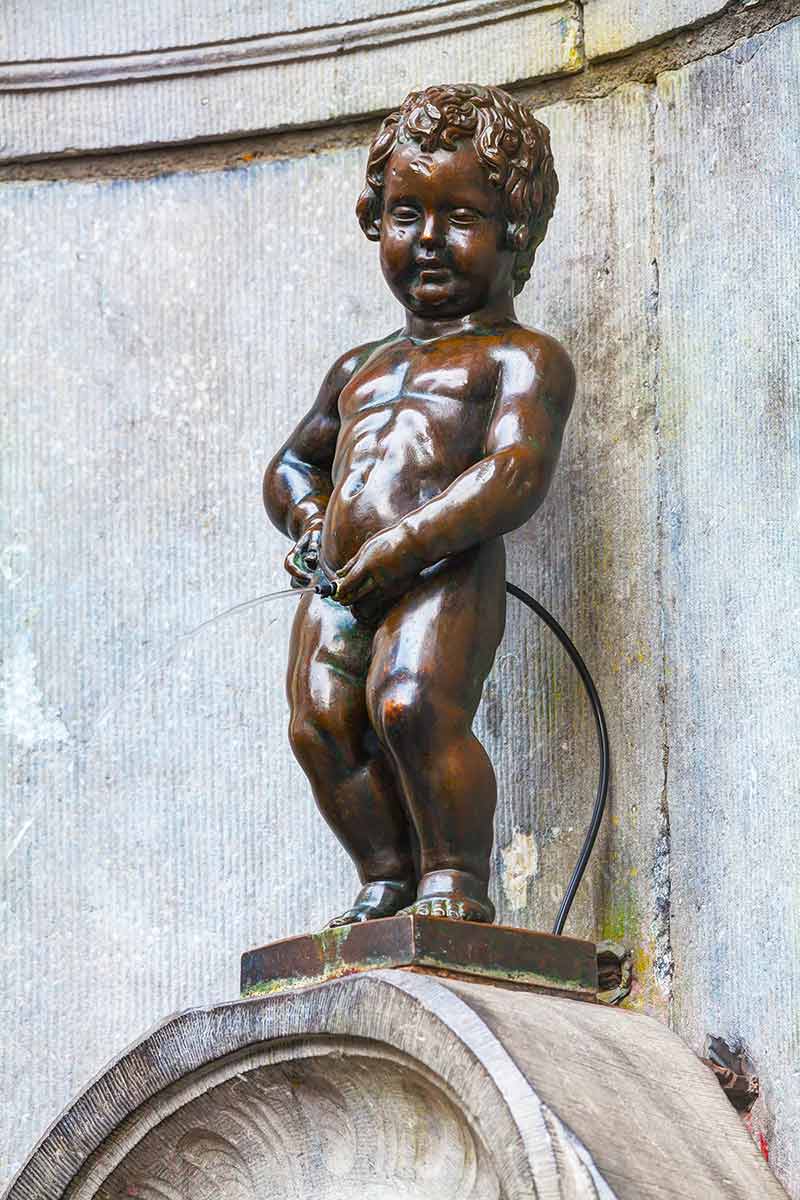

The Manneken Pis is a statue of a peeing boy which is found in Brussels and is one of the strangest things that the city is famous for.
Visitors flock to see it and take photos, and the locals are very fond of it.
It is dressed up for different celebrations and has around 1,000 costumes that are exhibited in the Garderobe Manneken Pis Museum, which you can visit.
The Manneken Pis has a sister, Jeanneke, which is exhibited in a different part of the city and there is also a dog called Het Zinneke.
The girl and the dog aren’t quite as popular as the boy.
So why was a statue made of a peeing boy?
Several stories are going around but the most popular legend is that when enemies were preparing to invade the city using gunpowder, a little boy peed on the fuse and extinguished it, saving Brussels from attack.
The Garderobe Manneken Pis is at the junction of the Rue du Chene Eikstraat and the Rue de l’Etuve/Stoofstraat.
4- Bruges
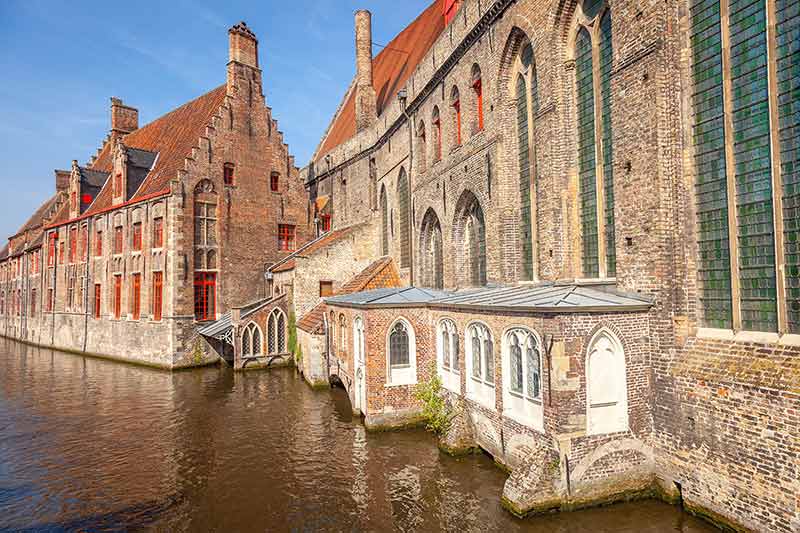

I love Bruges.
It’s my favourite place in Belgium as it’s very pretty and is full of canals where you can take a boat trip, reminding you a little of Venice and Amsterdam.
In the old town, there are narrow, cobbled streets to wander along and find interesting little shops and cafes.
Most of the old town was built between the 12th and 15th centuries and you will see many well-preserved historic buildings.
Have a coffee in the main square, the Markt, and climb the 13th-century belfry, which has 47 bells and is 83 metres (272 feet) high.
There are 266 steps, but the views are well worth the climb.
If you enjoy museums, you will love Bruges as there are over 30.
The Historium is one of the best as it not only shows you what life was like in the 14th and 15th centuries, but you will also get the smells.
Be prepared! Some of them aren’t that pleasant!
The Historium is at Markt 1 8000 Bruges.
5- Beer
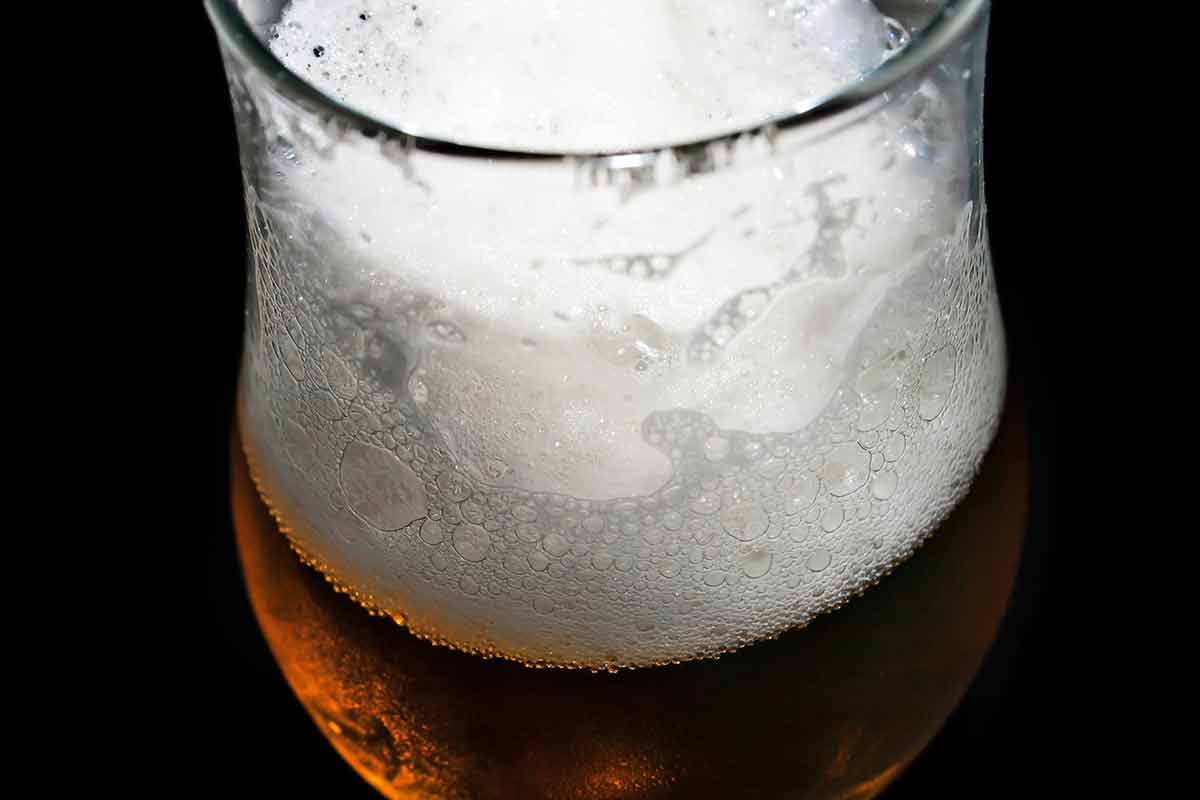

Beer is as important to the Belgians as wine is to the Italians and the French.
Many bars in the country focus mainly on beer, such as the Delirium Cafe in Brussels, which stocks over 2,000 brands.
Belgian beer is generally yeastier and higher in alcohol than beers from other countries.
Beers are generally between 4% – 6% ABV, but Belgian beers are usually between 7% – 9%, some even being as high as 13%, which is as high as many wines.
The Belgian Trappist monks make excellent beer, some as high as 12% ABV.
Most Belgian beer is bottled, not canned and each brand has a particular shape of glass.
I’m not the biggest fan of beer, but many years ago I went to the Annual Belgian Beer Weekend which is held in Brussels for a weekend in October.
It is quite an event with around 300 different beers available to sample, including beers from craft breweries which have become popular in recent years.
6- Food
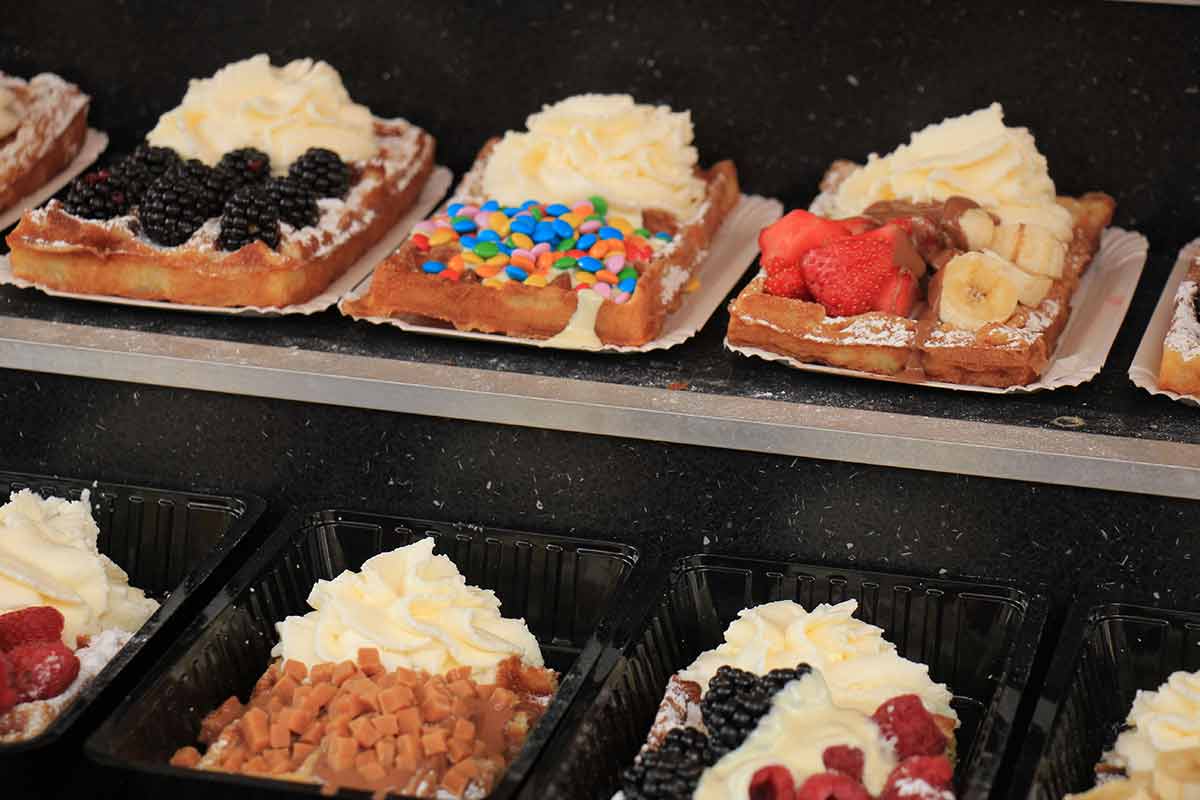

Now to a subject I love, food, although having become a vegan I am more limited when eating out.
However, I remember the delicious treats I experienced during my visits to Belgium.
Chocolate has been an important industry in Belgium since the 19th century and there are famous brands like Godiva and Cote d’Or, but many chocolate shops make their own.
Artisan chocolate isn’t cheap, but they were worth every cent.
Why is Belgian chocolate considered to be one of the best in the world?
The reason is that the Belgians use more cocoa beans and less refined sugar than many other countries to produce a melt-in-your-mouth chocolate that is milky and buttery.
Another food that Belgium is well-known for is the waffle.
There are around 10 types of waffles, but Belgians say that the best is the Liege waffle, which can be eaten without a topping.
It is made with pearl sugar which caramelises, and the outsides become crunchy and the insides, soft.
Another sweet treat that Belgium is known for is the speckuloo, a spiced shortcrust biscuit, often served in cafes with a coffee.
They originated in Flanders and are often shaped like windmills.
Finally, we must mention chips, also called French fries, depending on where you are from.
Chips originated in Belgium and are cooked in a unique style making them particularly tasty.
They are twice fried and cooked in beef fat, so not suitable for vegans or vegetarians.
You can find stalls selling them in all the cities and they are typically served with mayonnaise.
One of the national dishes of Belgium is moules-frites, which are mussels and fries.
Recommended tours:
7- Comic Books
Comic books are popular the world over, but Belgium is one of the pack leaders.
There are around 700 comic writers in the country, and famous characters created include the Smurfs, Tin-Tin and Spirou.
There is even a museum dedicated to comics in Brussels, the Comics Art Museum, where you can see many original cartoon drawings and unpublished documents.
It has a permanent exhibition, but it also houses temporary exhibitions, so there are often new things to be seen.
Also in Brussels, is a comic strip walking route which you can follow to see some impressive comic strip murals.
There are over 50 murals and you’ll get to explore hidden parts of the city at the same time.
The Comics Art Museum is at Rue des Sables 20 1000 Brussels.
Recommended tours:
8- Tomorrowland
Of Belgium’s many festivals, Tomorrowland is one of the most famous.
It was first established in 2005 in Boom, Antwerp, and is held during the last two weekends of July each year.
It celebrates electronic dance music and hosts some of the biggest names in this genre.
The event attracts thousands upon thousands of fans every year and you have to be quick to get tickets as they sell out within a few minutes.
Do not even try to turn up on the day without a ticket.
It is quite an event with all sorts of other entertainment on offer, in particular fireworks at the end of each evening.
9- Flanders Field
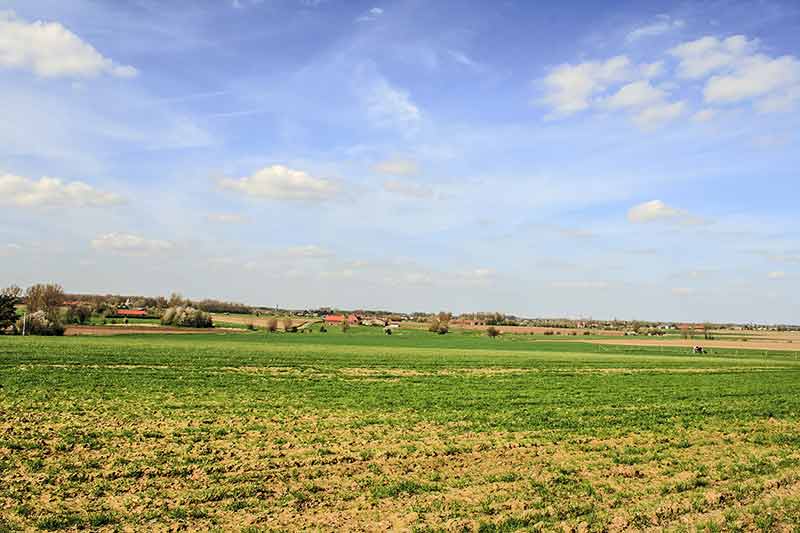

Flanders Field was an important battlefield during World War I and is a very moving place to visit.
More than a million soldiers from around 50 countries were wounded or killed there.
You can visit many of their graves in the Tyne Cot Memorial Cemetery, which is the biggest Commonwealth military cemetery in the world.
Every evening, at Menin Gate in Ypres, there is the Last Post Bugle Call, a tribute to the people who lost their lives at Flanders Field.
It is interesting to note that the red poppy used to grow in Flanders Field and red poppies are now worn in many countries, such as the U.K., Australia, and Belgium, in November to commemorate the people killed during World War I.
10- Diamonds
Antwerp is the diamond capital of the world.
There you can get diamonds cheaper and of better quality than in most places around the world but beware of scammers and only buy from shops with a good reputation.
The reason that Antwerp became the diamond capital goes back to the 15th century.
The city lies on the Scheldt River which connects to the North Sea, making it a great place for trade.
These days, 85% of the world’s rough diamonds, 50% of polished diamonds and 40% of industrial diamonds pass through Antwerp.
11- The Battle Of Waterloo
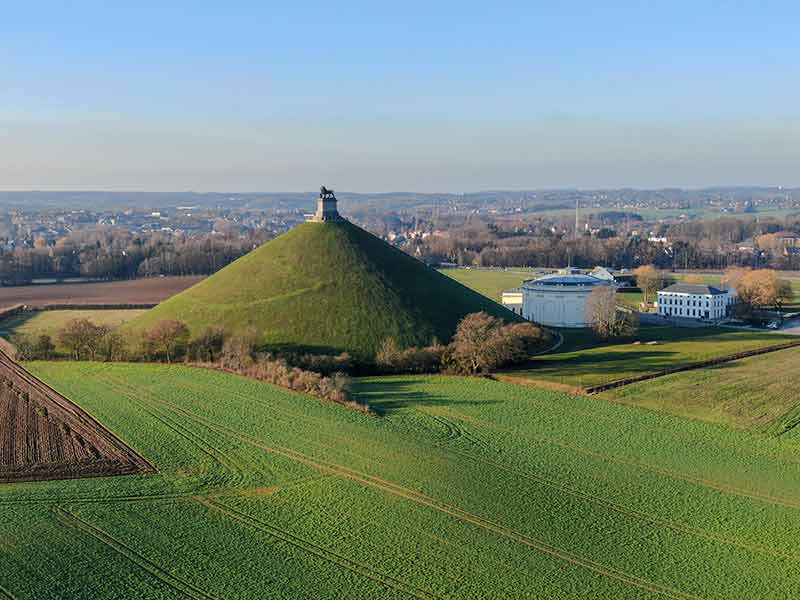

The Battle of Waterloo was fought between England and France, so you may be surprised to discover that Waterloo is in Belgium.
At that time it was in the Netherlands and became part of Belgium when the country became independent in 1830.
The Battle of Waterloo was fought on 18 June 1815 and ended the Napoleonic wars.
Napoleon Bonaparte was defeated and was exiled to the remote island of St Helena in the mid-Atlantic.
72,000 French troops fought an army of 68,000 British Dutch, Belgian, and German soldiers, helped by 45,000 Prussian troops.
There were big losses on both sides.
There is a museum dedicated to the Battle of Waterloo, and a reenactment of the battle is performed on the 18th of June every year. Join a tour to find out more.
12- Museums
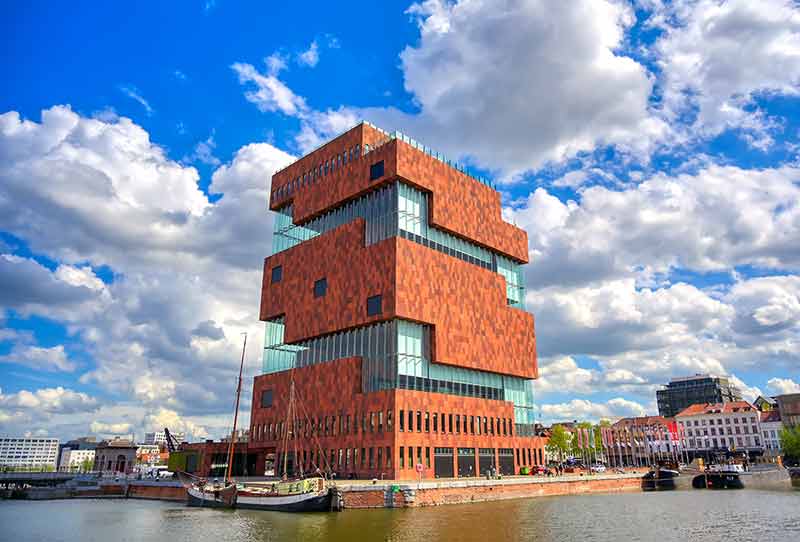

There are more than 235 museums in Belgium so you can expect not to be too far from one wherever you are in the country.
The great thing is that many of them are free to get in, which is helpful if you’re on a budget but still want to see as much as possible.
Naturally, there are a plethora of museums in Brussels.
One of the best is the Musee Magritte, which is dedicated to the Surrealist artist, Rene Magritte (1898 – 1967).
Here you can see more than 230 of his artworks, including paintings, sculptures, and drawings.
Another interesting museum is in Belgium’s oldest town, Tongeren, and is the Gallo-Roman Museum.
It houses more than 2,000 artefacts dating from prehistoric times until the Roman era.
Chocolate museums are fun for all ages and the largest chocolate museum in the world, Chocolate Nation, is in Antwerp.
There are 14 exhibition rooms where you can learn how chocolate is made, about chocolate traditions, and what different brands there are.
Don’t worry, it’s not all learning, there are tastings as well!
If you are in Bruges and like art, head to the Groeninge Museum which displays Belgian artworks from the 14th until the 20th centuries.
- Musee Magritte is at PL. Royale 1 1000 Brussels
- Gallo-Roman Museum is at Kielenstraat 14 3700 Tongeren
- Chocolate Nation is at Koningin Astridplein 7 2018 Antwerp
- Groeninge Museum is at Dijver 12 8000 Bruges
13- The Flower Carpet
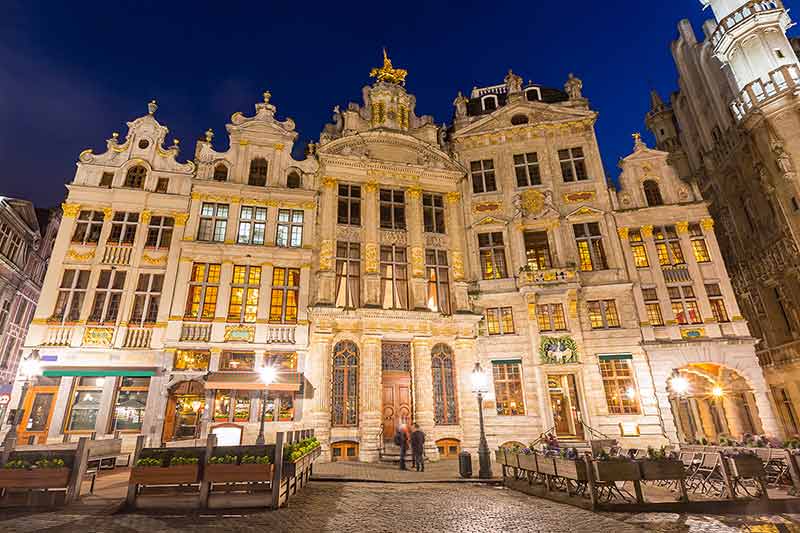

Flower carpets are constructed all over the world to celebrate the Christian festival of the Assumption on the 15 August.
In Brussels, a massive flower carpet is set up every two years starting on the Thursday closest to the Assumption and lasting until the Sunday.
The flower carpet is in the Grand Place, and it covers over 1,800 square metres (19.375 square feet).
It is 75 metres (246 feet) long and 24 metres (78.7 feet) wide and is made up of around one million cut begonias.
Each year, there is a different theme; for example, in 2012, it represented the colours of Africa.
In 2016, there was a Japanese design, to commemorate 150 years of friendship between Japan and Belgium.
14- The Atomium
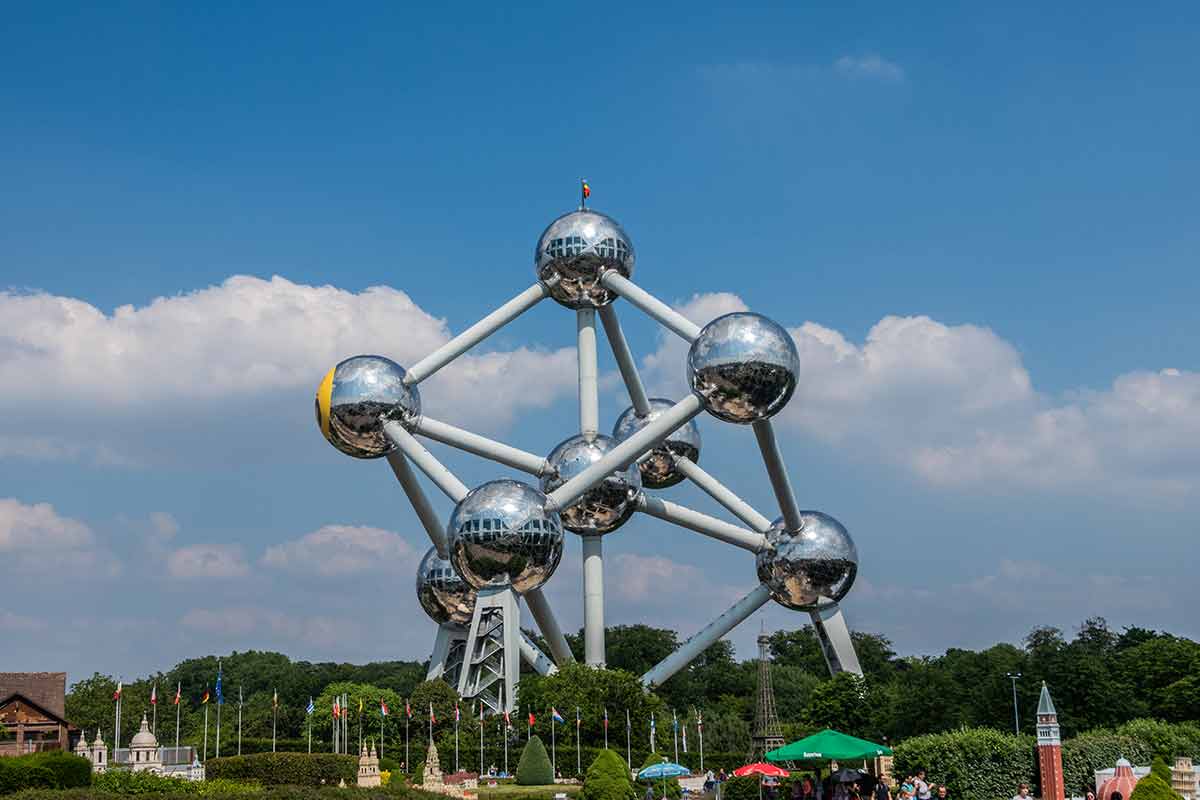

The Atomium is an unusual building, to say the least, but nevertheless, it is a very popular tourist attraction.
It was built for the 1958 Brussels World Exhibition and was supposed to be taken down.
However, it proved so popular that it has stayed up and was restored in 2006.
It is a structure composed of nine enormous balls of steel and aluminium, held together by large sticks, which are staircases.
It represents one molecule of iron magnified 165 million times.
You can go into all the balls, and some contain permanent and temporary exhibitions, including information about the history of the Atomium.
If you aren’t afraid of heights, climb up to the top ball which is 102 metres (334.6 feet) high.
You will have fantastic views of the city from here and there is a restaurant where you can enjoy a snack or a drink. Skip the lines and reserve your tickets now.
15- Art
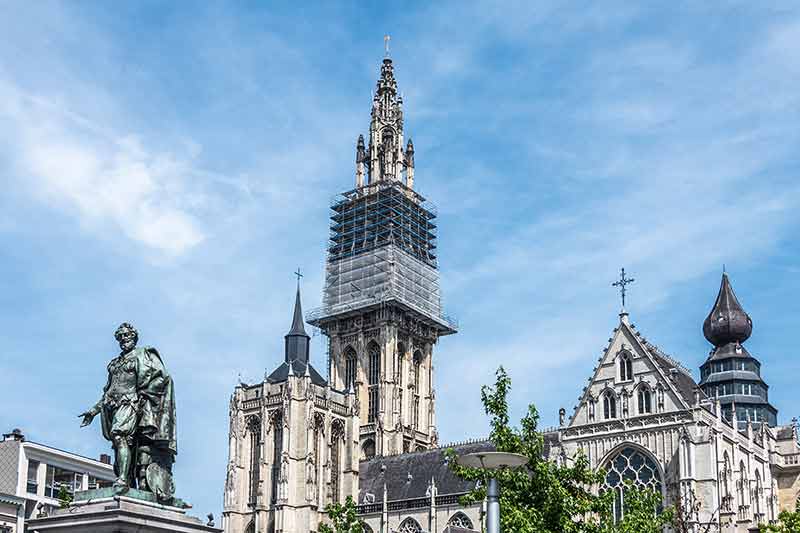

It’s not only Italy that has produced famous painters.
Belgium has had its fair share of brilliant artists.
One of the most famous painters was Jan Van Eyck (1390 – 1441), who introduced naturalism and realism to Belgian art, as well as oil-based colour mixing.
The Renaissance brought in many brilliant painters including Peter Paul Reubens (1577 – 1640) and Anthony Van Dyck (1599 -1641).
Both painted in the Baroque style, which highlighted colour, sensuality and movement.
There are more than 200 art museums in Belgium, so you have plenty of opportunities to view paintings and other artwork.
Rubens House, the restored house of the painter of the same name, is in Antwerp and displays not only some of his work but that of Van Dyck and Jacob Jordaens.
One of the oldest art museums in Belgium is the Museum of Fine Art in Ghent.
It houses many paintings, sculptures, drawings, and tapestries including two works by Hieronymus Bosch (1415 – 1516).
In Brussels, the BOZAR Centre for Fine Arts hosts 20 exhibitions each year of art from different periods in time.
You could see ancient art or contemporary or anything in between.
The centre also hosts concerts, dance performances, and plays.
- Rubens House is at Wapper 7 2000 Antwerp
- The Museum of Fine Arts is at F. Scribedreef 9000 Ghent
- BOZAR is at Rue Ravensteinstraat 23 1000 Brussels
